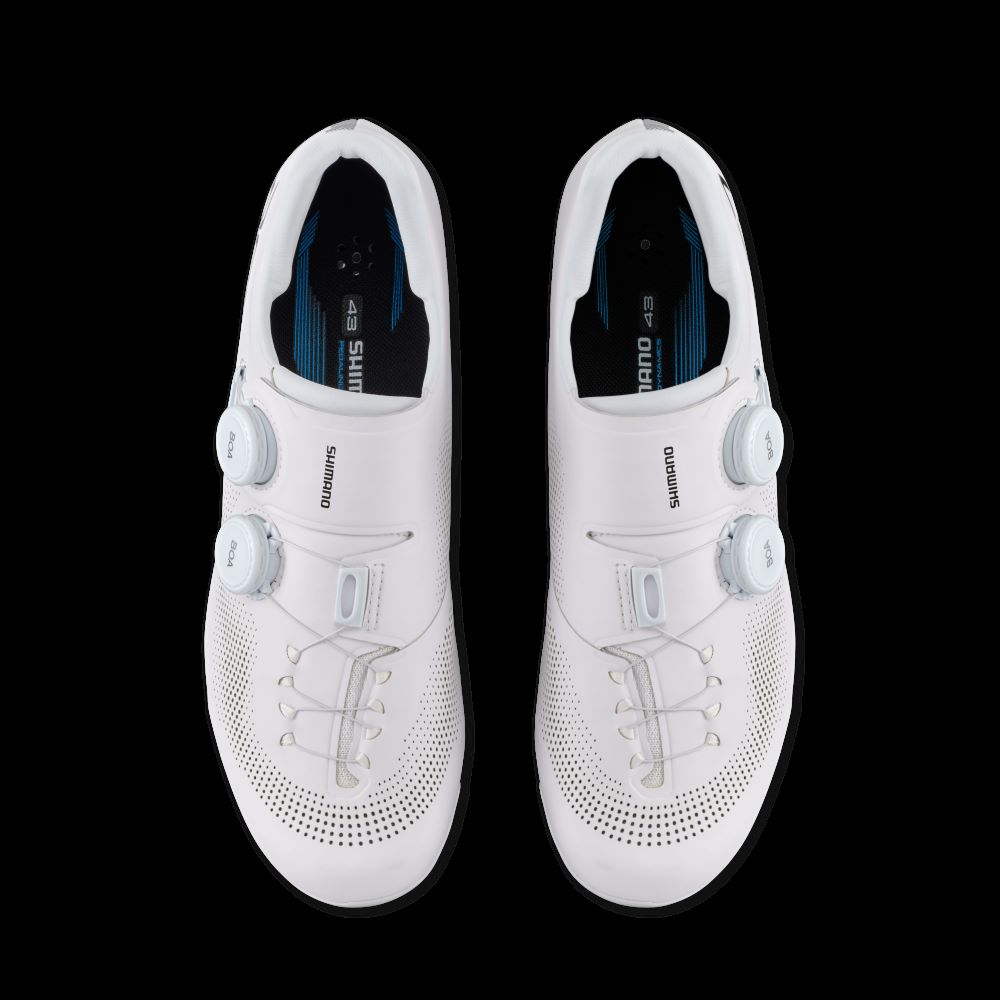The art to packing a seat bag is to include everything you need in as small a space as possible. Let Cyclist show you how…
Give some thought to what you carry in your seat bag and not only will you stand a good chance of being able to finish your ride should a mechanical mishap befall you, but you’ll also ensure you’re not carting everything but the kitchen sink around. Huge, pendulous seat bags are simply unacceptable in polite cycling society, so here’s how to get everything you need into one small, neat package…
1. The seat bag
The size of bag will obviously have a bearing on what you can fit in it. A snug fit for the bare essentials is best. That means stuff has no room to rattle about and it won’t look like you strapped a rucksack under your saddle. Plus it won’t annoy you by rubbing your thighs as you pedal. How the bag attaches is also of primary concern. Clip-on varieties look neat, but can shift about while you pedal, so we prefer Velcro straps, which offer a secure fit and make it easy to swap the bag between bikes.
2. Co2 cannister/infaltor
OK, a mini pump provides free air, but these canisters are a small price to pay to have your tyre back up to 100psi in the blink of an eye (especially if it’s chucking it down). Obviously you’ll need more than one if you fear the wrath of the puncture gods.
3. Inner tubes
It happens to the best of us – you puncture, then you pull out a new inner tube from your bag only to find that it too has a hole in it. Try wrapping tubes in cling film before putting them in your seat bag. This will keep them clean and grit-free, plus
it will protect them from rubbing against the other (sometimes sharp-edged) objects and tools in the pack. This way you can be sure it’s actually air-tight when you need it.
4. Tyre levers
Two is plenty. One will even do it with good technique, but we’ll err on the side
of caution here. So save some space and weight, and practise the technique of working the slack around the tyre and into one place so that you don’t need an army of levers taking up vital room.
5. Multitool
Don’t just go with the smallest you can find – it won’t have all the tools you might need. Check that it covers all the sizes of Allen keys that you might require for your bike, and don’t forget to check for Torx bolts too. A chain tool is optional. It means the multitool will be bulkier, but it’s peace of mind.
6. Valve extender
If you’ve got deep section wheels, this could be a lifesaver if you’ve accidentally brought a spare tube where the valve is not long enough. Or, more commonly, if a riding buddy is generous enough to offer up their spare if you’ve already used yours, and it’s a short valve.
7. Quick patches
If you’ve somehow got yourself on the wrong side of the puncture gods, they will punish you with several on a single ride. You can either carry around a heap of spare rubber or take just one tube plus a pack of pre-glued patches as a quick and easy fix for any further deflations.
8. Quick chain link
This will save an awful lot of faffing when rejoining a broken chain, especially as the chain tools that are small enough to fit in seat bags are usually over-fiddly and often not much cop.
9. Tyre section
Most of us will have a worn-out or damaged tyre. Don’t bin it! Cut the beads off both edges and then slice it up into small two to three-inch strips to make yourself a big supply of useful tyre boots. Pop one or two in your seat bag to further protect inner tubes from being rubbed by tools, and you can use them to reinforce large cuts in the tread or sidewall of your tyres if you run over sharp objects.


